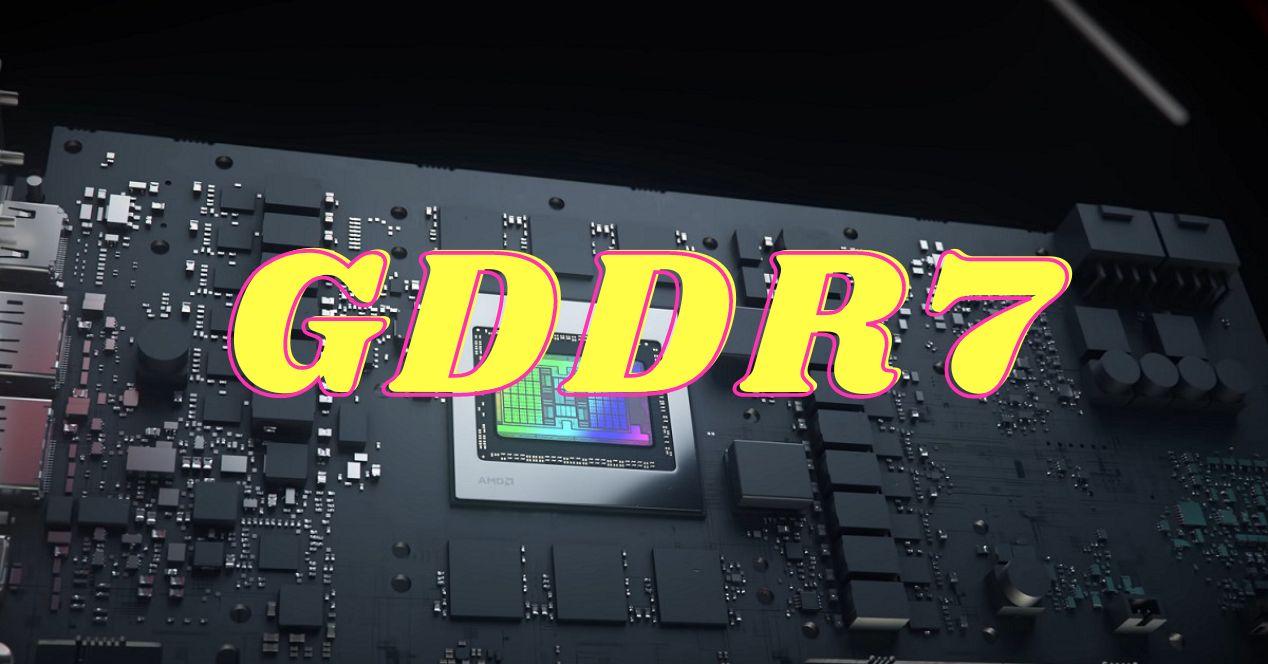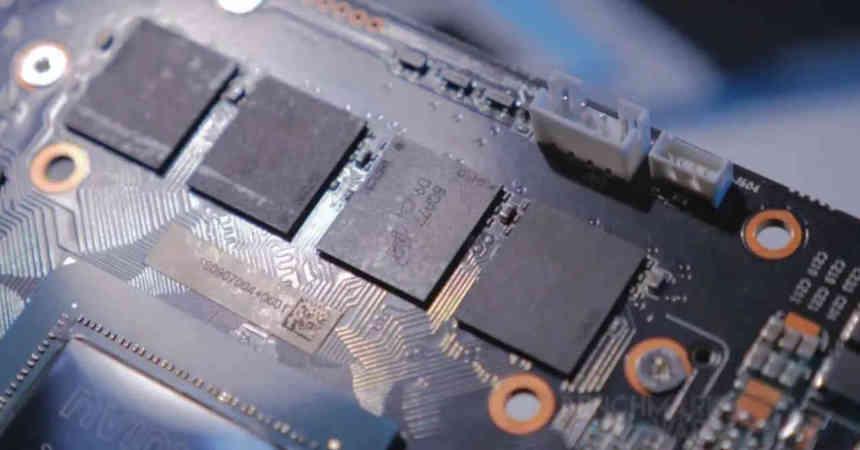
Graphics cards currently have a bottleneck that prevents them from advancing in terms of performance. A point at which adding more power does not add anything, due to the fact that said element does not allow you to advance. Which is it? Although GDDR6 and GDDR6X seem very fast to us, they really are not. That is why the entire industry is already working with the GDDR7 and we will see it sooner than you think.
If there is one thing that we are very clear about, it is that the current RTX 4090 has a huge limitation and it is the fact that its VRAM is the same as that of the RTX 3090 Ti, having 50% more cores and a higher clock speed. In other words, the memory system is not fast enough. In any case, it is a GPU for which even the most powerful processor today has trouble keeping up. We do not even want to imagine a version with next-generation memory. In any case, we will see the GDDR7 in the future RX 8000 from AMD and RTX 50 from NVIDIA if there are no last minute changes.
Current VRAM falls short, GDDR7 is necessary
It is no secret to anyone that we will eventually have GDDR7, and even faster memories, however, we are crossing the threshold where increasing the signal clock speed is counterproductive and there is no interest in increasing the number of pins. In a world where GPUs are becoming more expensive to manufacture per mm², what is sought is to cut the size of them more and more. We have seen it in the RX 7900 and its disaggregated configuration and in the RTX 40 when using narrower buses.
All this translates into having memories that transmit more information, but it reaches the point where energy consumption is so high that it is necessary to use PAM coding or pulse amplitude modulation. This makes it possible to send not only 0 and 1 on a single pin, but also combinations of several 0 and 1s. This allows the clock speed to be reduced, in exchange for converting the memory interface from digital to analog, but still with few pulses .
The use of this type of coding will not be a novelty in GDDR7, we have already seen it in GDDR6X where PAM2 is used to achieve higher bandwidths than GDDR6. The next memory standard will not only be from Micron and NVIDIA, but will be universal, will support PAM3 and will reach 36 Gbps, doubling the bandwidth of GDDR6 without increasing the number of communication pins between chip and memory.
The first designs of the future VRAM are now available
Note that we are talking about designs, not chips, in this case it is Cadence that has created a series of tools for both memory chip manufacturers and those of the interfaces of the different chips with them. Whether it’s graphics card or game console chips, they can start adapting their designs to the new graphics memory standard and have the products ready for launch in the second half of 2024.
Let’s not forget that the vast majority of these products do not enter the production phase until months before their launch, but this does not mean that there is no previous work in which the different pieces that interact in the hardware have to work like clockwork. And we are not saying it, just to say, the communication between a memory and a processor must be millimetric in terms of time.




